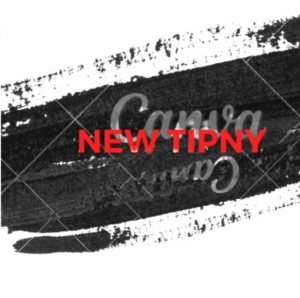The Historical Tapestry of Translation
The roots of translation hint lower back to historical civilizations, wherein linguistic diversity posed challenges to communique. The renowned Library of Alexandria in historic Egypt, for instance, turned into a melting pot of expertise from numerous cultures and languages. Translators played a crucial position in making this wealth of facts on hand to a broader target market, transcending linguistic boundaries.
Throughout records, spiritual texts had been pivotal in the development of translation. The Bible, Quran, and other sacred scriptures were translated to reach wider audiences, influencing cultural and non secular landscapes globally. The Silk Road, connecting East and West, facilitated the alternate of thoughts and necessitated linguistic mediation, contributing to the improvement of translation as a profession.
Modern Applications of Übersetzen
In today’s globalized international, the need for translation has improved beyond literature and religion. Business, international relations, science, and era all depend on powerful pass-linguistic conversation. Übersetzen has grow to be a bridge among cultures, allowing businesses to attain global markets, governments to engage in diplomatic discourse, and scientists to collaborate on a worldwide scale.
The digital age has revolutionized the sphere of translation. Advanced gadget translation gear, like Google Translate and DeepL, harness the energy of artificial intelligence to provide instantaneous translations. While those equipment provide convenience, they also raise questions about accuracy and the upkeep of cultural nuances. Professional translators, geared up with cultural sensitivity and linguistic information, maintain to play a critical function in making sure correct and contextually applicable translations.
Challenges in Übersetzen
Translation isn’t without its challenges. Idiomatic expressions, cultural references, and linguistic nuances pose boundaries that even the most advanced algorithms battle to navigate. The art of Übersetzen calls for more than phrase-for-phrase substitution; it needs an understanding of context, cultural connotations, and the diffused nuances that give a language its particular flavor.
Additionally, moral issues come to the vanguard in translation. Maintaining the integrity of the source text even as making it on hand to a distinctive target market calls for a delicate balance. The translator turns into a cultural mediator, navigating the first-rate line among faithfulness to the original and adaptableness to the target market.
The Human Touch in Übersetzen
While era maintains to increase, the human touch remains irreplaceable in Übersetzen. Machines can process big amounts of records speedy, however they lack the instinct, cultural expertise, and emotional resonance that human translators bring to the desk. The potential to seize the essence of a text is going beyond linguistic prowess; it involves empathy and a deep appreciation for the cultural context.
Ending word
Übersetzen goes beyond the mere act of changing phrases from one language to some other. It is a dynamic procedure that intertwines history, subculture, and technology. As our global becomes extra interconnected, the position of translation becomes increasingly more pivotal in fostering mutual understanding. Whether unlocking the secrets and techniques of ancient texts or facilitating international business transactions, Übersetzen stands as a testomony to the electricity of language to go beyond obstacles and build bridges among numerous cultures.

